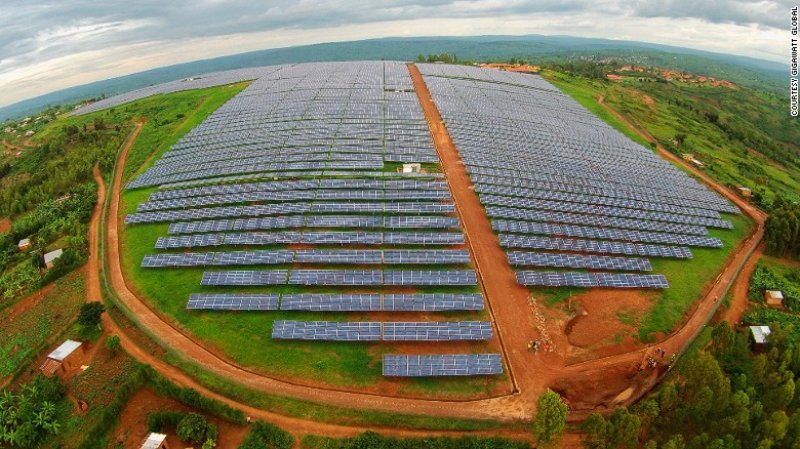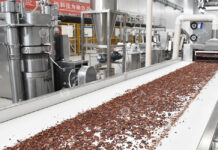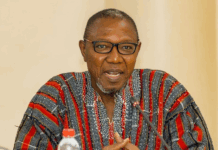
Only one year passed from signing the agreement to construct the 8.508 megawatt solar plant east of Rwanda’s capital Kigali to full production.
The facility increased the country’s generation capacity by 6%, lighting up 15,000 homes. With a field stacked with 28,360 panels, investors say it’s the largest photovoltaic plant in the continent’s sub-Saharan region, with the exception of South Africa.
“We chose Rwanda because there was a real need and a strong business case,” says Chaim Motzen, co-founder of Gigawatt Global, the company which built the plant, and the driving force behind the venture.
“At project inception, there were only 110 megawatts on grid – of which approximately 40% were diesel – for a population of 12 million people,” he adds.
The breakneck speed of the enterprise was propelled by a clause in the deal which meant it had to be completed within just a few months.
“My team and I did not sleep for six months,” says Motzen, adding that the momentum was helped by Rwandan government’s sharp focus on increasing the amount of energy on the grid.
VIP visitors
The facility is spread across 17 hectares and can be monitored from anywhere in the world, but it’s usually observed from Norway’s capital Oslo.
It cost $23.7 million and was financed by an international consortium of partners including the FMO, a Dutch development bank, Emerging Africa Infrastructure Fund, Norfund, Scatec Solar and KLP.
The project was also supported by Power Africa, U.S. president Barack Obama’s initiative to increase access to electricity on the continent.
The plant, which has been operating since September 2014, has even attracted some star power. In August U2 frontman and co-founder of anti-poverty advocacy group One.org Bono toured the facility with a U.S. government delegation, and former U.K. Prime Minister Tony Blair also paid a visit.
The solar field, which is shaped like the African continent, is located on land owned by Agahozo-Shalom Youth Village, a residential community which cares for Rwanda’s vulnerable children orphaned before and after the 1994 genocide.
The Village is leasing the land to the plant, and Gigawatt Global plans to train some of the students attending a school on its ground in skills needed to work in the solar power industry.
Drive for more energy
The new facility is part of Rwanda’s aggressive push to connect more of the country’s households to the grid.
Only 18% of the country’s population has access to electricity according to the World Bank, compared to the 35.3% average for Sub-Saharan Africa.
Unreliable power supply has in the past impacted education, with some schools suspending computer learning programs because of frequent power cuts. Coffee and tea industries also suffered, producing far below capacity due to high fuel costs for back-up generators.
However, the government has made a leap since 2008 when only 6% of population had access to electricity, and aims to connect nearly three quarters of the nation’s households by 2017. The target is even higher for health facilities — the government plans for all of them to get a reliable supply of electricity in the next two years.
“I think solar power will play a key role in getting more people access to power, both on-grid and off-grid. Factors include the speed and relative simplicity of solar, the tremendous decrease in costs over the last few years and improving battery storage technology. Of course, there are also important environmental benefits,” says Motzen.
“Is it the only solution? No. But will it be an important part of the solution? Absolutely,” he adds.
Source: CNN























